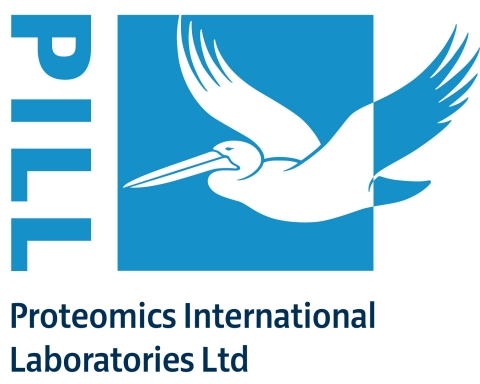A large-scale study of proteomes, proteomics is now widely in use as an effective tool for protein level identification, and, this post is going to demonstrate the significance of the process. The fact that genomics, the study of genes cannot envisage the structural subtleties of proteins every time has made proteomics a veritable requirement in the medical field. Nevertheless, a powerful and coactive connection between genomics and proteomics as the two disciplines explore the molecular body of the cell at the corresponding levels and amplifies the efficiency of each other. In proteomics, the most propitious practice with adequate resolving power is two-dimensional gel electrophoresis (2DE) that doles out an inimitable platform for the concurrent disjunction of proteins in a compound mixture. Still, the execution of escalation techniques in proteomics research has its own confines and boundaries.
As the major constituents of the biological metabolic pathways of cells, proteins are definitely the most dynamic and critical parts of living organisms. And, proteomics is a significant study of their functions as well as structures. Nevertheless, the term ‘proteomics’ was invented to make a better correspondence with genomics. On the other hand, a combination of ‘protein and ‘genome’, the word ‘proteome’ connotes the entire balance of proteins, along with the alterations made to a specific set of proteins, formed by an organism or system. This will deviate with time and separate strains or pressures, that a cell or organism puts up with.
Now, coming to the branches and segmentations of proteomics, there are a number of twigs this study tends to cover. All proteomic technologies bank on the potential to distinct an intricate and compound blend so that individual proteins are more easily treated with other systems and this is commonly known as protein separation. The next is protein identification. This process comprises low-throughput course through Edman degradation. Higher-throughput proteomic courses are derived from mass spectrometry or tools that are competent enough to undergo more than one circle of mass spectrometry. Antibody-based analyzations can also be in use, but they are pretty inimitable to one sequence motif. On the other hand, protein sequence study is generally more of a bioinformatic branch, devoted to looking for databases in order to bump into possible protein or peptide matches. At the same time, structural proteomics takes in the high-throughput grit of protein formations in three-dimensional space. The common practices involved are NMR spectroscopy and x-ray crystallography.
Interaction proteomics inculpates the study of protein connections on the cellular, molecular and atomic levels. Then, in protein modification, most of the protein compounds are adapted from the purely rendered amino-acid sequence. And, the methods involved in the practice are namely glycosylation and phosphorylation. Last but not the least; cellular proteomics is a new branch of the study whose goal is to depict the site of proteins and protein-protein connections in due course of key cell procedures. Optical fluorescence microscopy and X-ray Tomography are the common techniques used in the process. Experimental bioinformatics, at the same time, is a branch of bioinformatics best utilized in proteomics. Incorporating the mutual design of tentative procedures to excerpt new standards of evidence from proteomics trials, this technique makes sure proteomics works best in protein level quantification.
Moreover, with biomarkers of drug malignancy and efficiency becoming an essential prerequisite in the drug development course, the application of proteomics for detection of protein biomarkers has attained a new height. Mass spectral-based proteomic techniques are perfectly suitable for the detection of protein biomarkers, especially when there is no prior knowledge of numerical changes in the protein extent. Also, the success of any biomarker detection effort is reliant on the quality of samples examined, the capacity to engender quantitative data on relative protein extent and the capability to infer the data conjured.
According to Allied Market Research, the global proteomics market is expected to grow at a significant CAGR from 2018–2025. Rise in popularity of personalized medicines, expansion in R&D expenditure, and high-end technological advancements associated with proteomics components fuel the growth of the market. On the other hand, high costs associated with proteomics components and lack of skilled professionals are expected to curb the growth to some extent. However, progress in mass spectrometry-based proteomics has almost downplayed the factors and created multiple opportunities for the key players in the industry.
The extensive research on proteomics has made it find a number of applications in the development of personalized medicines which has heightened the growth of the market in more than one way. To conclude, we can state that the global proteomics market is growing quite rapidly and its great potential for drug discovery and identification of markers for disease diagnosis is expected to thrive its growth yet more in the years to come.







